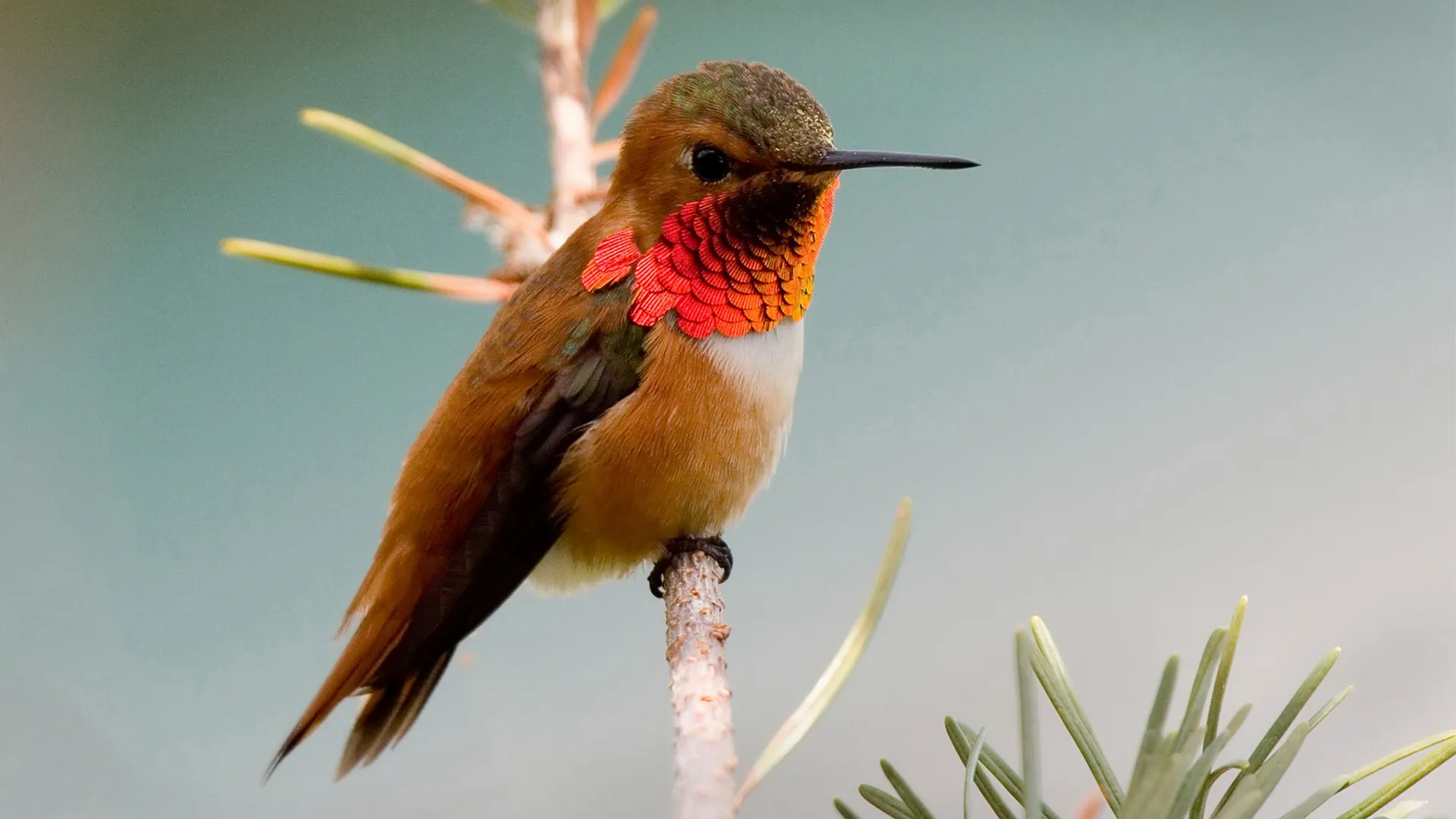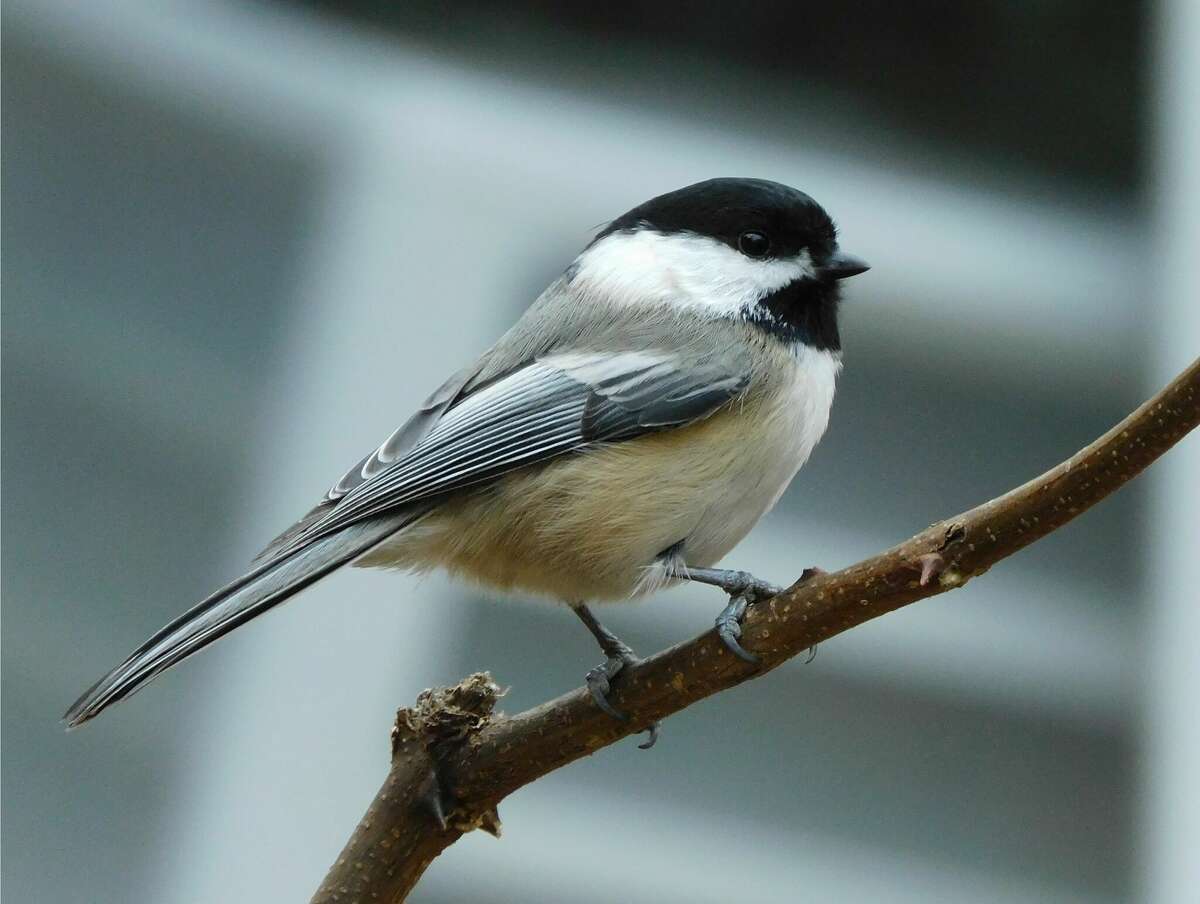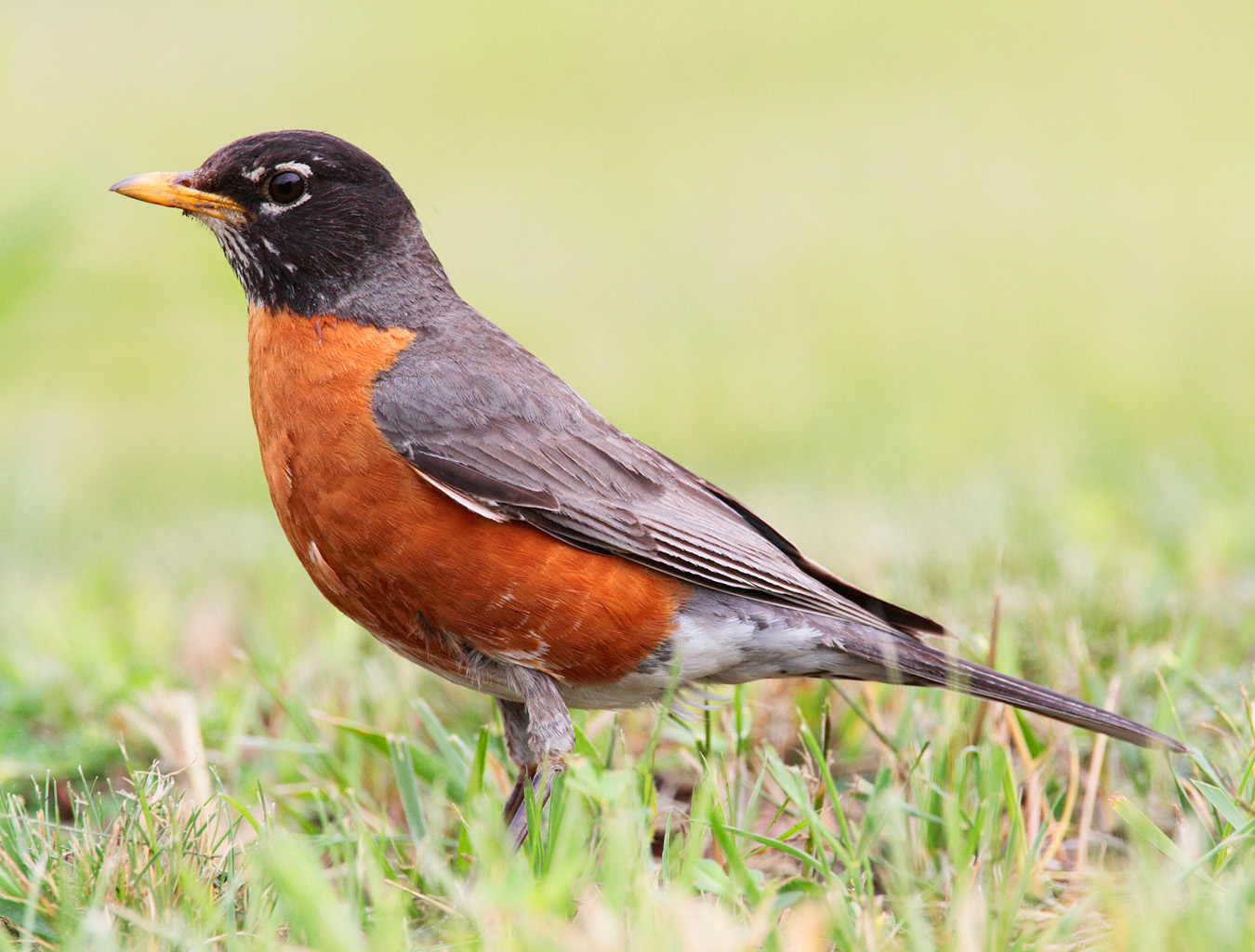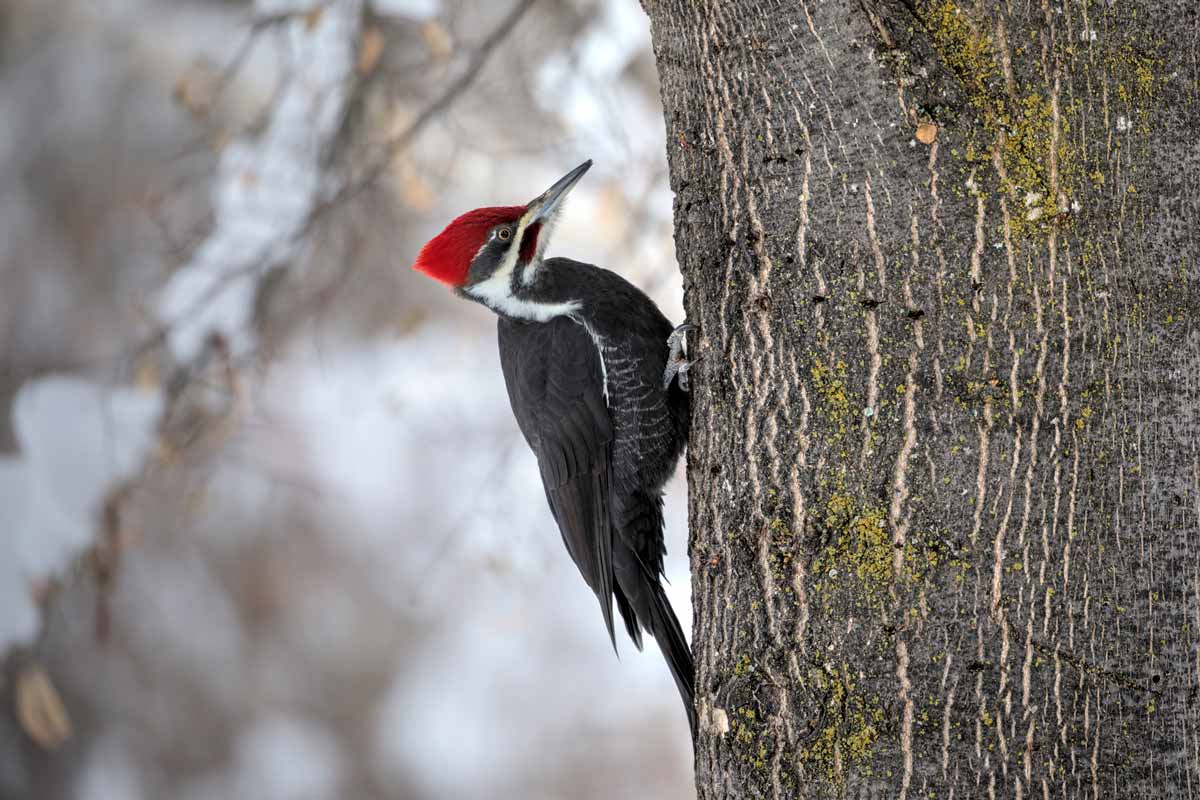National Bird Day is an annual celebration of birds and their diverse species, observed on January 5th in the United States. This day provides an excellent opportunity for bird enthusiasts, nature lovers, and eco-conscious individuals to celebrate and appreciate the beauty and variety of birds. One of the best ways to celebrate National Bird Day is by going birdwatching and spotting different bird species in your area.
In this article, we will explore the top 10 birds you can spot on National Bird Day, their characteristics, and where to find them.
You are reading: Top 10 Birds You Can Spot On National Bird Day

Top 10 Birds You Can Spot On National Bird Day
Rufous Hummingbird
The Rufous Hummingbird is a small and feisty bird that is commonly found in North America. Here are some key characteristics and facts about this bird:
Identification:
– A fairly small hummingbird with a slender, nearly straight bill
– Tail tapers to a point when folded
– Fairly short wings that don’t reach the end of the tail when the bird is perched
– Male: brilliant orange
– Female: green-and-orange
Size:
– Length: 2.8-3.5 in (7-9 cm)
– Weight: 0.1-0.2 oz (2-5 g)
– Wingspan: 4.3 in (11 cm)
Habitat:
– Breeds in open areas, yards, parks, and forests up to treeline
– On migration, they pass through mountain meadows as high as 12,600 feet
– Forest edges, streamsides, mountain meadows
– Open areas, mountainsides, forest edges, woodlands, oak forests mixed with conifers, brushy areas, and scrublands
The Rufous Hummingbird is known for being a relentless attacker at feeders and flowers. They are also known for their long migrations, traveling up to 3,000 miles to wintering grounds in western Mexico. If you want to spot a Rufous Hummingbird on National Bird Day, look for them in open areas, mountain meadows, and forest edges.
Black-Capped Chickadee

The Black-Capped Chickadee is a small, non-migratory songbird that is commonly found in deciduous and mixed forests in North America. Here are some key characteristics and facts about this bird:
Identification:
– Black cap and bib with white cheeks
– Gray back, wings, and tail
– Whitish underside with buffy sides
– Short neck and large head, giving it a distinctive, rather spherical body shape
– Long, narrow tail and a short bill a bit thicker than a warbler’s but thinner than a finch’s
Size:
– Length: 4-6 in (10-15 cm)
– Wingspan: 6-8 in (15-20 cm)
– Weight: 0.3-0.5 oz (9-14 g)
Habitat:
– Deciduous and mixed forests, especially near forest edges
– Commonly found near willows and cottonwoods, and like to make their nests in the snags of alder and birch trees
– Feeders and nest boxes can be used to attract chickadees to suburban backyards
The Black-Capped Chickadee is known for its distinctive call, which sounds like “chick-a-dee-dee-dee”. They are also known for their curious and friendly behavior, often investigating people and everything else in their home territory.
If you want to spot a Black-Capped Chickadee on National Bird Day, look for them in virtually any area with trees, as they are easily seen at many feeding stations.
Bald Eagle
The Bald Eagle is a bird of prey that is commonly found in North America. Here are some key characteristics and facts about this bird:
Identification:
– Adult Bald Eagles have white heads and tails with dark brown bodies and wings
– Immature birds have mostly dark heads and tails with mottled brown bodies and wings
– Heavy body, large head, and long, hooked bill
– Wingspan of up to 8.5 feet (2.6 meters)
– Sharp, pointed beaks designed for ripping and tearing prey into bite-sized pieces
– Powerful legs and feet that are equipped with large talons used for killing their prey
Size:
– Length: 27.9-37.8 in (71-96 cm)
– Weight: 6-14 pounds (3-6.5 kg)
– Wingspan: 80 inches (204 cm)
Habitat:
– Found near large bodies of open water with an abundant food supply and old-growth trees for nesting
– Most widespread during winter, where they can be found along coasts, rivers, lakes, and reservoirs in many states
– Build their nests at the very top of tall trees so the eggs will be safe
The Bald Eagle is the national bird of the United States of America and appears on its seal. They are known for their majestic appearance and powerful hunting skills.
The Bald Eagle was once on the brink of extinction in the contiguous United States, but populations have since recovered, and the species’s status was upgraded from “endangered” to “threatened” in 1995, and removed from the list altogether in 2007.
If you want to spot a Bald Eagle on National Bird Day, head for water, where the birds are likely to be looking for fish.
American Robin

The American Robin (Turdus migratorius) is a migratory bird that belongs to the true thrush genus and Turdidae, the wider thrush family. It is named after the European robin because of its reddish-orange breast, though the two species are not closely related, with the European robin belonging to the Old World flycatcher family.
Read more : Can Doves Eat Bananas?
The American Robin is widely distributed throughout North America, wintering from southern Canada to central Mexico and along the Pacific Coast. It is the state bird of Connecticut, Michigan, and Wisconsin. According to the Partners in Flight database, the American Robin is the most abundant landbird in North America, with 370,000,000 individuals.
The American Robin is a fairly large songbird with a large, round body, long legs, and fairly long tail. It is the largest North American thrush and is almost half again as big as a bluebird.
The American Robin is a common sight on lawns across North America, where you often see them tugging earthworms out of the ground. They are also popular birds for their warm orange breast, cheery song, and early appearance at the end of winter.
If you want to spot an American Robin on National Bird Day, look for them running across lawns or stalking earthworms in your yard or a nearby park.
Pileated Woodpecker

The Pileated Woodpecker is a large and striking bird that is commonly found in North America. Here are some key characteristics and facts about this bird:
Identification:
– One of the largest woodpeckers in North America
– Black with bold white stripes down the neck and a flaming-red crest
– Males have a red stripe on the cheek
– Long neck and a triangular crest that sweeps off the back of the head
– Long and chisel-like bill, about the length of the head
Size:
– Length: 16-19 in (41-48 cm)
– Wingspan: 26-30 in (66-76 cm)
– Weight: 8-12 oz (227-340 g)
Habitat:
– Mature forests and heavily wooded parks
– Prefer habitats with large, mature hardwood trees, often being found in large tracts of forest
– Nest almost exclusively in snags, or standing dead trees, which are the bird’s home, nursery, and cafeteria
The Pileated Woodpecker is known for its distinctive drumming, which is slower and more erratic than other woodpeckers. They are also known for their large size and striking appearance, making them a favorite among birdwatchers.
If you want to spot a Pileated Woodpecker on National Bird Day, look for them in mature forests and heavily wooded parks.
Northern Cardinal
The Northern Cardinal, also known as the redbird, common cardinal, or just cardinal, is a bird in the genus Cardinalis. It is a mid-sized perching songbird that can be found in southeastern Canada, through the eastern United States from Maine to Minnesota to Texas, New Mexico, southern Arizona, southern California, and south through Mexico, Belize, and Guatemala.
The Northern Cardinal is a territorial songbird, and the male sings in a loud, clear whistle from the top of a tree or another high location to defend its territory.
The species expresses sexual dimorphism, with females being a reddish olive color and having a gray mask around the beak, while males are a vibrant red color and have a black mask on the face, as well as a larger crest.
The Northern Cardinal is a common sight on lawns across North America, where you often see them tugging earthworms out of the ground. They are also popular birds for their warm orange breast, cheery song, and early appearance at the end of winter.
The Northern Cardinal is a striking and familiar backyard bird throughout most of eastern North America and is also found in the southwestern U.S. and fairly extensively in Mexico.
Snowy Owl
The Snowy Owl is a large and striking bird that is native to the Arctic regions of both North America and the Palearctic. Here are some key characteristics and facts about this bird:
Identification:
– One of the largest species of owl, with mainly white plumage and varying amounts of black or brown markings on the body and wings
– Females have denser markings than males, giving them a salt-and-pepper appearance
– Smoothly rounded head that rarely shows ear tufts
– Large, bulky body with dense feathering on the legs that makes the bird look wide at the base when sitting on the ground
– Cat-like yellow eyes
Size:
– Length: 20.5-27.9 in (52-71 cm)
– Wingspan: 49.6-57.1 in (126-145 cm)
– Weight: 56.4-104.1 oz (1600-2950 g)
Habitat:
– Breeds mostly on the tundra, but can also be found in wide-open areas such as fields and shorelines during winter
– Prefers habitats with large, mature hardwood trees, often being found in large tracts of forest
– Chooses a raised site, on top of a mound or ridge in hilly country, or on a hummock in low-lying areas, always with good visibility in very open tundra
The Snowy Owl is known for its distinctive white plumage and cat-like yellow eyes. They are also known for their patient hunting style, perching and waiting to identify their prey before soaring off in pursuit.
If you want to spot a Snowy Owl on National Bird Day, look for them in wide-open areas such as fields and shorelines, or in large tracts of forest.
Red-Tailed Hawk
Read more : Why Is My Parakeet Squawking
The Red-Tailed Hawk (Buteo jamaicensis) is a bird of prey that breeds throughout most of North America, from the interior of Alaska and northern Canada to as far south as Panama and the West Indies. Here are some key characteristics and facts about this bird:
Identification:
– Large hawks with broad, rounded wings and a short, wide tail
– Adults have a reddish-brown tail with a narrow black band near the end
– Adults have a reddish-brown back and a pale underside with a dark belly band
– Juveniles have a brown tail and a brown back with a pale underside with brown streaks
– Both adults and juveniles have a dark brown head with a pale throat and a dark, hooked beak
Size:
– Length: 18-25 in (46-64 cm)
– Wingspan: 44-52 in (112-132 cm)
– Weight: 1.5-3.5 lb (690-1600 g)
Habitat:
– Open country, woodlands, prairie groves, mountains, plains, roadsides, and any kind of terrain that provides both some open ground for hunting and some high perches
– Often seen perched on telephone poles or fence posts along highways
– Nest in trees, usually in the crotch near the trunk, but sometimes on a horizontal branch
The Red-Tailed Hawk is known for its broad wings and short, wide tail, as well as its distinctive reddish-brown tail. They are also known for their keen eyesight and hunting skills, often seen soaring high in the sky looking for prey. If you want to spot a Red-Tailed Hawk on National Bird Day, look for them perched on telephone poles or fence posts along highways, or soaring high in the sky looking for prey.
Blue Jay
The Blue Jay (Cyanocitta cristata) is a passerine bird in the family Corvidae, native to eastern North America. It is a common and large songbird that is familiar to many people, with its perky crest, blue, white, and black plumage, and noisy calls.
Blue Jays are most often detected by their noisy calls, and they are known for their steady flight, rounded wings, long tail, and white underside. They are common in residential areas and are found in both deciduous and coniferous forests.
Blue Jays are bright blue on top and whitish-gray on the belly and chin, with a gray-blue, feather-crested head that they can raise and lower. They have many calls, including the “jay” call for which they are named, which probably attracts other jays to join a flock or serves as an alarm call.
Blue Jays are also known for their aggressive behavior at bird feeders, where they are often seen chasing other birds away.
If you want to spot a Blue Jay on National Bird Day, look for them in mature deciduous or coniferous woodlands, residential areas, or at bird feeders.
Great Blue Heron
The Great Blue Heron (Ardea herodias) is a large wading bird that is commonly found near the shores of open water and in wetlands over most of North and Central America, as well as far northwestern South America, the Caribbean, and the Galápagos.
Here are some key characteristics and facts about this bird:
Identification:
– Largest heron native to North America
– Blue-gray plumage with a wide black stripe over the eye
– Red-brown thighs and a paired red-brown and black stripe up the flanks
– Rusty-gray neck with black and white streaking down the front
– Nearly white face with a pair of black or slate plumes that run from just above the eye to the back of the head
– Slaty (gray with a slight azure blue) flight feathers
Size:
– Length: 38-54 in (97-137 cm)
– Wingspan: 66-79 in (168-201 cm)
– Weight: 4.6-7.9 lb (2.1-3.6 kg)
Habitat:
– Found near the shores of open water and in wetlands over most of North and Central America, as well as far northwestern South America, the Caribbean, and the Galápagos
– Forages in any kind of calm fresh waters or slow-moving rivers, also in shallow coastal bays
– Nests in trees or shrubs near water, sometimes on the ground in areas free of predators
The Great Blue Heron is known for its large size and striking appearance, making it a favorite among birdwatchers. They are also known for their patient hunting style, standing motionless as they scan for prey or wading belly-deep with long, deliberate steps.
If you want to spot a Great Blue Heron on National Bird Day, look for them near the shores of open water, in wetlands, or in shallow coastal bays.
FAQS
1. When is National Bird Day?
National Bird Day is celebrated annually on January 5th.
2. Why is National Bird Day celebrated?
National Bird Day is celebrated to raise awareness about the importance of birds and their conservation. It is also a day to celebrate the beauty and diversity of birds.
3. What are the top 10 birds you can spot on National Bird Day?
According to AZ Animals, the top 10 birds you can spot on National Bird Day are:
1. Rufous Hummingbird
2. Black-Capped Chickadee
3. Bald Eagle
4. American Robin
5. Pileated Woodpecker
6. Northern Cardinal
7. Snowy Owl
8. Red-Tailed Hawk
9. Blue Jay
10. Great Blue Heron.
4. Where can I spot these birds?
The best places to spot these birds vary depending on the species. For example, the Bald Eagle can be found near water bodies, while the Pileated Woodpecker can be found in mature forests and heavily wooded parks. The Blue Jay is a common sight on lawns across North America, while the Great Blue Heron is commonly found near the shores of open water and in wetlands.
5. How can I celebrate National Bird Day?
There are many ways to celebrate National Bird Day, including going birdwatching, reading a book about birds, feeding birds, building a birdhouse, or adding a bird bath to your yard. You can also consider adopting a rescued bird instead of buying one from a breeder.
6. Why is bird conservation important?
Bird conservation is important because birds play a vital role in maintaining the balance of ecosystems. They help to control pests, pollinate plants, and disperse seeds, among other things. Many bird species are also threatened by habitat loss, climate change, and other human activities, making conservation efforts crucial for their survival.
Source: https://petstutorial.com
Category: Birds










